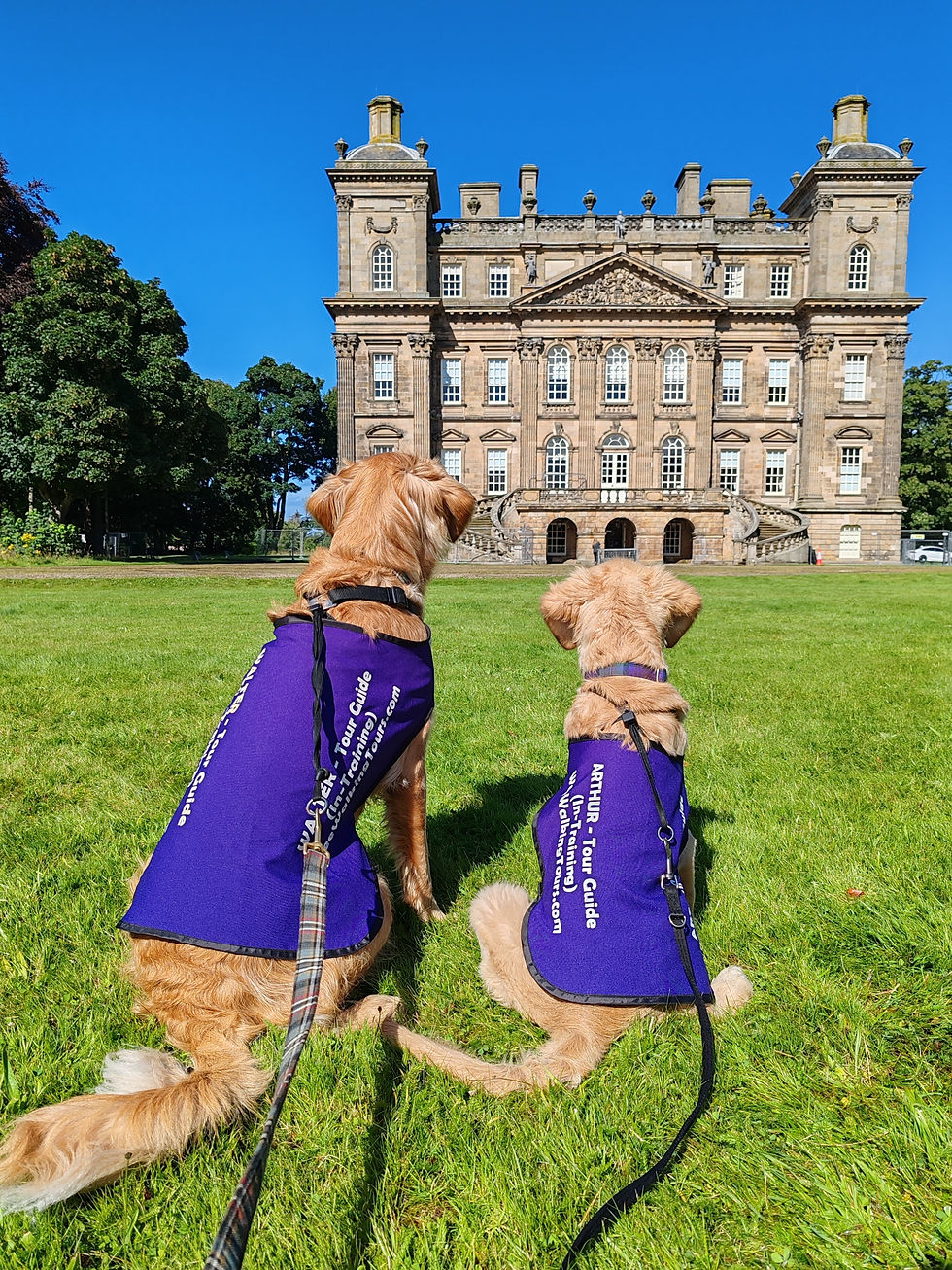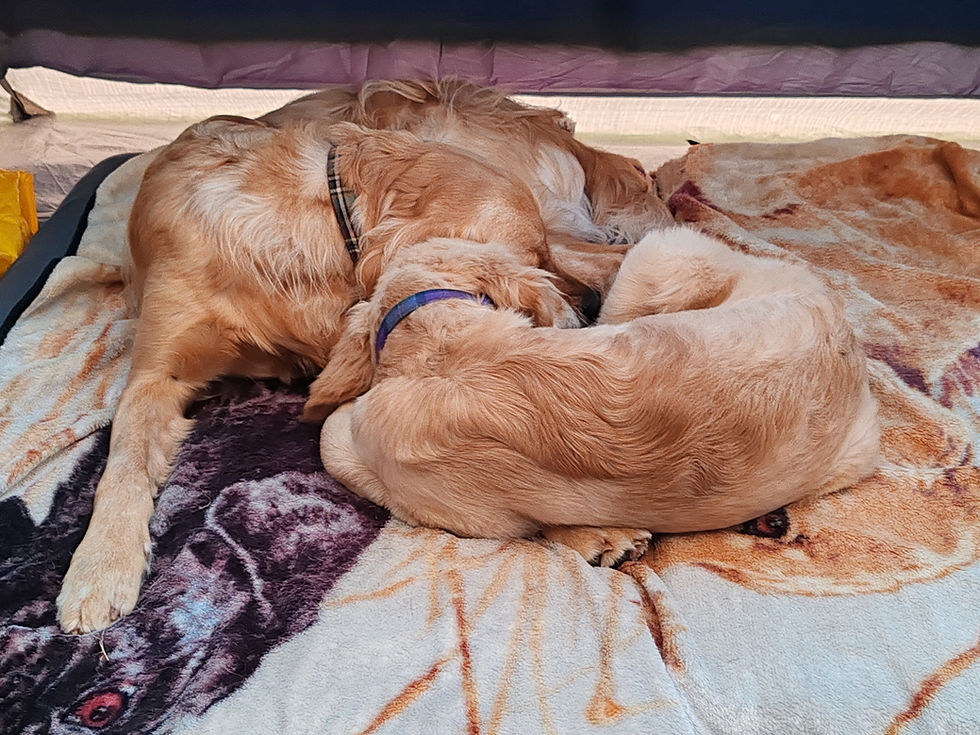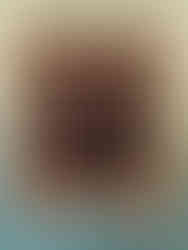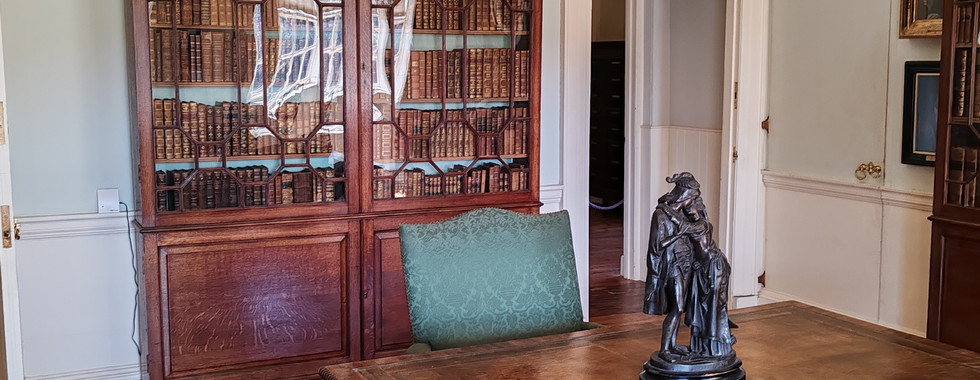Our ‘Golden’ Summer Blog Series: Part IV- Duff House
- Wee Walking Tours

- Jul 20
- 6 min read
*We continue our ‘Golden’ Summer Blog series with a visit to Duff House where wee Arthur takes his turn at the helm again to cover this magnificent historical house. If you haven’t already, be sure to check out the first three parts of the series- Crathes Castle, Leith Hall, and Craigievar Castle.

Arthur’s Travel Journal: Day 4- Duff House
Mom told me the other day that 4:00am is too early to wake up. So, this morning, I’m proud of myself because I let her sleep in…all the way until 5:00am. I was awake before that, but I tried to keep quiet on our bed. However, I might have been tossing and turning too much because Walter huffed a few times at me and gave me some serious side eye. I just can’t help it though- I’m too excited for today’s adventure!
You see, last night, as I was doing my usual puppy yoga to prepare for bed, Walter told me that I have now graduated from writing about a ‘hall’ to a ‘house’. I don’t really understand what that means (I’m suspicious that Walter doesn’t either), but it sounds promising. Walter said that my first blog post about Leith Hall was pretty good, and I’ve earned the right to do another one as we continue our Grand Tour of Aberdeenshire. This time I get to write about a grand house built in the 1700s- Duff House.
Which brings us back to this morning as I sit here and try to patiently wait for Mom and Dad to get everything ready for the day’s adventure. With our food, water, and treats packed into our adventure backpack, we headed out for the day’s destination- Banff. No, not Banff, Canada, which Mom said is on her bucket list of places to see. It’s Banff, Aberdeenshire- which is the original Banff.
We’ve just parked the car and are making the short walk to the ‘house’. I put that in quotes because I know Walter said it isn’t a castle, but it sure looks like one to me (although I’m not very experienced in these things yet). It’s all very elegant for a wee pup, but I know that I’m ready to rise to the occasion.
Dad says that the house was built by the Scottish architect, William Adam, for William Duff, Lord Braco (later 1st Earl Fife). Duff wanted a house that he felt better suited his wealthy status and position and he commissioned Adam in 1734. They met in Perth to go over the design of the house with Duff agreeing to Adam’s plans. The scale and cost of the house were to be “unparalleled”.

However, it wasn’t all smooth sailing for the building of the house as there was a bit of drama (Walter says I should understand this all too well as I’m an expert at creating drama). Just a few years into the project, Duff started to realise how expensive the house was going to be and began to worry about costs.
By 1740, the walls and roof of the wall were complete, but work was halted as the two men disagreed over costs. The house was little more than a shell at this point. In 1743, William Adam lodged a lawsuit against Duff for non-payment of bills. Duff did all he could to try to delay the process and “break Adam in spirit and purse while doing so”. Unfortunately, he was partly successful. Five years later, Adam won his case, but his health suffered in part due to the legal dispute, and he died two months later. If you ask me, it’s rather a sad story for poor William Adam. Nevertheless, under William Duff’s son, James (2nd Earl), work on the house was completed.
However, it is a story about the 4th Earl Fife (also James) that has captured mine and Walter’s attention. Dad is talking about how James was friends with a famous South American- General José de San Martín. José was the celebrated liberator of Argentina, Chile, and Peru. There is an exhibition in Duff House to celebrate the centenary of his visit to Duff House to see his friend, James (4th Earl).

José was born in Argentina to Spanish parents, but his father got summoned back to Spain when José was still a child. José started his military education at only 8 years. As an adult, he took part in the Peninsular War against the invading and occupying forces of the First French Empire under Napoleon. This is where he and James met as James had volunteered to fight in the Spanish Army (where he was appointed Major General).
Even though José was in the Spanish Army, he still thought of himself as ‘Americano’. In 1812, James helped fund and arrange José’s return to South America to fight with the other revolutionaries who were seeking independence. Throughout the decade that José was helping to liberate Argentina, Chile, and Peru from Spanish rule, he and James maintained their friendship through a steady stream of letters.
In 1822, after successfully helping promote the independence of southern South America, José de San Martín retired from public life. He eventually made his way back to Europe and visited Duff House from 13-20 August 1824 to see his old friend, James, 4th Earl Fife. Isn’t that an amazing story?! I think that it makes for a fascinating connection between Scotland and Argentina.

Another Duff with an interesting history is Alexander, the 6th Earl. In 1889, he married Princess Louise, the eldest daughter of Edward, Prince of Wales (the future King Edward VII) and granddaughter to Queen Victoria. Alexander was the last Duff to use Duff House as a family residence, and he and his family moved out in 1906. He then gave the House to the people of Banff in 1907.
Duff house played a variety of roles over the next 50 years including country house hotel, sanatorium, and prisoner of war detention camp. Related to the last one, Duff was transformed during World War II from Georgian House to military installation. It eventually housed prisoners of war. Ironically, the Luftwaffe launched a deadly air-raid on the house on the morning of 22 July 1940. They most likely just saw that it was a military installation and “rained bombs down on the house”. Six German prisoners were killed in the attack along with two British guards. The prisoners were transferred to England and then Canada.

After the prisoners left, the house was used to house various English and Scottish regiments. From October 1941 until April 1942, the Norwegian Brigade were also stationed at Duff House. According to Historic Scotland, “the brigade was made up of men who had escaped Norway when the Nazis invaded in 1940. They were training to return to Norway as saboteurs, as well as helping the main Allied offensive. They left a vivid mark of their presence- behind a panelling in the third-floor gallery, a Norwegian flag is painted on the wall”.
Lastly, after WWII, Duff House temporarily housed Polish troops who had fought with the Allies on the Western Front. Some of these soldiers applied to resettle in the UK (rather than return to Poland which was then controlled by the communist Soviet Union) and stayed at Duff House until a decision was made. Fortunately, many were given leave to remain, and they settled in Scotland. To be honest, I don't quite understand all this talk of war. The only 'war' that I'm familiar with is the tug-of-war game I play with my big brother, Walter.
For the following decades, Duff House was in state care (under what would eventually become Historic Scotland) but essentially was abandoned until 1992. At that time, an agreement was made for Duff House to become a country house art gallery (with artwork provided by the National Galleries of Scotland). Historic Scotland then began a large-scale refurbishment of the house undertaking painstaking restoration to get it to the magnificent condition we now see it today.
Looking at Dad’s photos, I have to say that I’m impressed with all the paintings in Duff House. You probably won’t be surprised that the dog painting pictured below is one of my favourites.
Also, you know how Walter mentioned in his Crathes Castle post that we were on our Scottish version of the Grand Tour? Well, Mom and Dad saw a room in Duff House called the ‘Grand Tour Closet’.

Here are some more highlights from my parents’ tour of the House:
I hope you have enjoyed this fascinating tour of Duff House. Mom and Dad said that you really must see it in person. So, be sure to check out the Historic Scotland website for the most up-to-date information on how to plan your visit.

Walter said he hasn’t decided when I’ll be ready to write about a castle yet, but I’m hoping it’s soon. However, we still have so many historic places left to visit on our grand tour of Aberdeenshire (and Morayshire). Be sure to subscribe to our blog so that you get our posts as soon as we publish them.
In the meantime, I’m so happy that we’re heading back to camp now. I’m exhausted after writing all about the history of Duff House. I wouldn’t be surprised if I have some interesting dreams about unpaid bills, South America, and Norway.

Until next time- Explore & Discover!
*Please note that our visit to Duff House was last summer (2024) and the exhibition on General José de San Martín finished on 1st September 2024.

















































